Within the expansive realm of self-publishing, Amazon's Kindle Direct Publishing (KDP) has maintained a strong presence for an extended period.
Nevertheless, with the continuous evolution of the publishing industry, authors are now actively seeking alternatives to Amazon KDP to broaden their audience and capitalize on diverse opportunities. This blog post aims to explore a multitude of alternatives to Amazon KDP offering authors a comprehensive overview of alternative avenues within the self-publishing landscape.
1. Apple Books for Authors:
Apple Books is a
robust alternative for authors seeking a diverse audience. With a user-friendly
interface and a vast global reach, Apple Books allows authors to tap into a
unique market. The platform offers competitive royalties, making it an
attractive option for those looking to expand beyond Amazon's ecosystem.
Pros:
- Global reach and accessibility across Apple devices.
- Competitive royalties and pricing flexibility.
- User-friendly interface and seamless publishing process.
Cons:
- Smaller market share compared to Amazon.
- Limited promotional tools and marketing support.
2. Kobo Writing Life (KWL):
Kobo, a major player
in the e-book market, offers Kobo Writing Life as its self-publishing platform.
KWL provides authors with a seamless publishing experience, along with global
distribution. Kobo's international presence makes it an excellent choice for
authors looking to reach readers in various regions.
Pros:
- International distribution and access to a diverse reader base.
- Author-friendly interface and competitive royalty rates.
- Collaborative promotions with Kobo for increased visibility.
Cons:
- Market share may vary by region.
- Less brand recognition compared to Amazon.
3. Barnes & Noble Press:
As a renowned bookseller, Barnes & Noble Press provides
authors with an alternative avenue for publishing their works. With a
user-friendly interface and the potential for in-store promotions, Barnes &
Noble Press can be an excellent complement to Amazon KDP for reaching a broader
audience.
Pros:
- In-store promotional opportunities for print books.
- Established brand presence and recognition.
- User-friendly interface with robust support.
Cons:
- Smaller e-book market share compared to Amazon.
- Limited global reach.
4. Google Play:
Google Play Books
offers a vast platform for authors to showcase their works. With a global
audience and compatibility across multiple devices, Google Play is a formidable
contender among self-publishing platforms. Authors can benefit from the
platform's promotional tools and competitive revenue-sharing model.
- Wide compatibility across multiple devices.
- Global distribution and promotional tools.
- Competitive revenue-sharing model.
Cons:
- Smaller e-book market share.
- Limited in-house marketing support.
5. IngramSpark:
IngramSpark stands
out as an aggregator, offering authors the ability to distribute their books to
numerous retailers worldwide. With print-on-demand services and a wide
distribution network, IngramSpark is an excellent choice for authors looking to
expand their reach in both physical and digital formats.
Pros:
- Extensive distribution network for both print and e-books.
- Print-on-demand services with worldwide reach.
- Flexibility in pricing and discounts.
Cons:
- The initial setup may be more complex.
- Charges for certain services, affecting overall costs.
6. Draft2Digital:
Draft2Digital
simplifies the self-publishing process by providing authors with a single
platform to distribute their e-books to various retailers. With a user-friendly
interface and extensive distribution options, Draft2Digital enables authors to
focus on writing while it handles the technical aspects of publishing.
Pros:
- Streamlined and user-friendly publishing process.
- Single platform for multiple retailer distribution.
- Comprehensive sales tracking and reporting.
Cons:
- Limited customization options for formatting.
- Takes a percentage of royalties for distribution services.
7. BookBaby:
BookBaby combines
the roles of aggregator and retailer, offering authors a one-stop shop for
self-publishing services. From formatting to distribution, BookBaby provides
comprehensive solutions. Additionally, authors can leverage BookBaby's online
bookstore for direct sales and promotional opportunities.
Pros:
- One-stop-shop for self-publishing services.
- Direct sales through the BookBaby bookstore.
- Comprehensive publishing packages are available.
Cons:
- Services may come at a higher cost.
- Limited retailer distribution compared to dedicated aggregators.
More Amazon KDP Alternatives:
1. Blurb:
Blurb caters to
authors who want to create not only e-books but also print books and magazines.
With customization options and professional-grade printing services, Blurb is
an excellent choice for authors seeking a versatile platform for their
publishing needs.
Pros:
- Customization options for both print and e-books.
- Professional-grade printing services for high-quality products.
- Access to a diverse range of distribution channels.
Cons:
- May be more suitable for specific genres or niche markets.
- Limited e-book market share compared to major retailers.
2. Lulu:
Lulu provides
authors with the tools to publish and distribute both print and digital books. With
a focus on customization and a global distribution network, Lulu offers a
unique platform for authors seeking a personalized approach to self-publishing.
Pros:
- Versatility in publishing both print and digital books.
- Global distribution network with customization options.
- Transparent pricing structure.
Cons:
- The platform may be more complex for beginners.
- Limited promotional tools compared to larger retailers.
3. PublishDrive:
PublishDrive stands
out as a global e-book distribution platform, offering access to numerous
online retailers. With features like AI-driven pricing and real-time sales
analytics, PublishDrive empowers authors to optimize their publishing strategy
and reach a broader audience.
Pros:
- Global e-book distribution to various online retailers.
- AI-driven pricing optimization.
- Real-time sales analytics and reporting.
Cons:
- Smaller market share compared to major retailers.
- Fees for certain services may impact overall profitability.
Selecting the best self-publishing platform depends on your
specific goals, preferences, and the nature of your book. Each platform has its
own strengths and weaknesses, so consider the following factors when making
your decision:
1. Audience and Reach:
- Amazon KDP: If
you want to tap into the largest e-book market with a massive customer base,
stick with Amazon KDP.
- Apple Books and
Kobo Writing Life: Ideal for authors seeking a global audience with a focus on
diverse readership.
2. Royalties and Pricing:
- Amazon KDP:
Competitive royalties, especially when enrolled in KDP Select. Offers various
pricing options.
- Apple Books and
Kobo Writing Life: Comparable royalty rates, but it's essential to consider the
overall pricing strategy.
3. Distribution and Formats:
- IngramSpark and
Draft2Digital: Suitable for authors looking for broad distribution in both
print and e-book formats.
- Google Play:
Ideal for those prioritizing compatibility across multiple devices.
4. Ease of Use:
- Draft2Digital and
BookBaby: Provide a user-friendly interface, making them suitable for authors
who prefer a streamlined publishing process.
- IngramSpark:
Offers more advanced features but might be considered less beginner-friendly.
5. Print-on-Demand Services:
- IngramSpark:
Known for its print-on-demand services, making it suitable for authors who want
physical copies of their books available.
- Amazon KDP and
Lulu: Also offer print-on-demand services.
6. Promotional Opportunities:
- Amazon KDP and
Kobo Writing Life: Offer promotional tools and opportunities for increased
visibility.
- BookBaby:
Provides promotional opportunities through its online bookstore.
7. Cost Considerations:
- Draft2Digital and
IngramSpark: Charge fees for certain services, so consider the overall cost
implications.
- Amazon KDP:
Generally, no upfront fees, but be mindful of royalty rates and optional
services.
8. Genre and Niche Considerations:
- Blurb and Lulu:
May be more suitable for specific genres or niche markets, especially those
requiring high-quality print products.
Ultimately, there's no one-size-fits-all solution. Consider
your book's target audience, your marketing strategy, and your personal
preferences. Many successful authors choose to diversify their distribution
across multiple platforms to maximize their reach. Experimenting with different
platforms and analyzing the results can help you determine the most effective
strategy for your specific goals.
Conclusion:
While Amazon KDP remains a powerhouse in the self-publishing
industry, exploring alternatives can open up new opportunities for authors.
Whether opting for retailers like Apple Books and Kobo, aggregators like
IngramSpark and Draft2Digital, or hybrid solutions like BookBaby, each platform
offers unique advantages. Diversifying your publishing strategy across these
Amazon KDP alternatives can help authors establish a broader readership and
navigate the ever-evolving landscape of self-publishing. Ultimately, the key is
finding the right mix of platforms that align with your goals and audience.


.png)
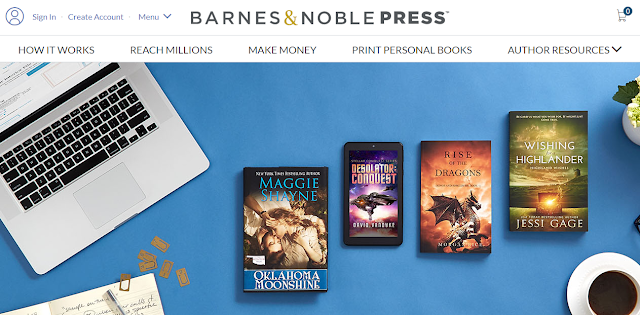

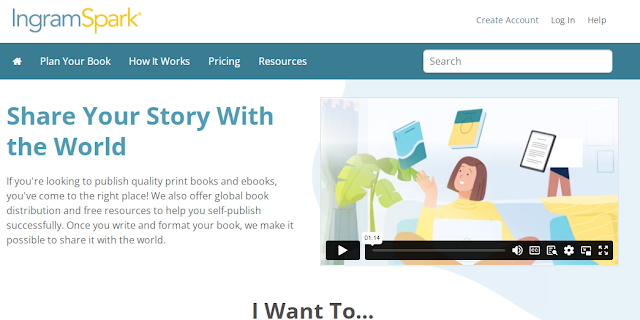
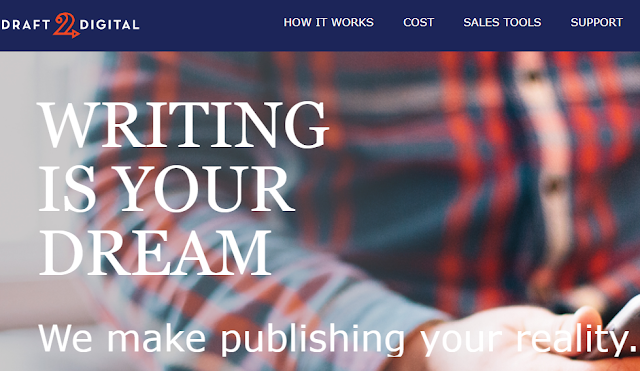
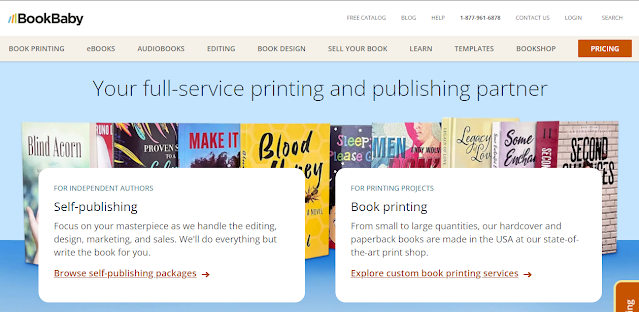
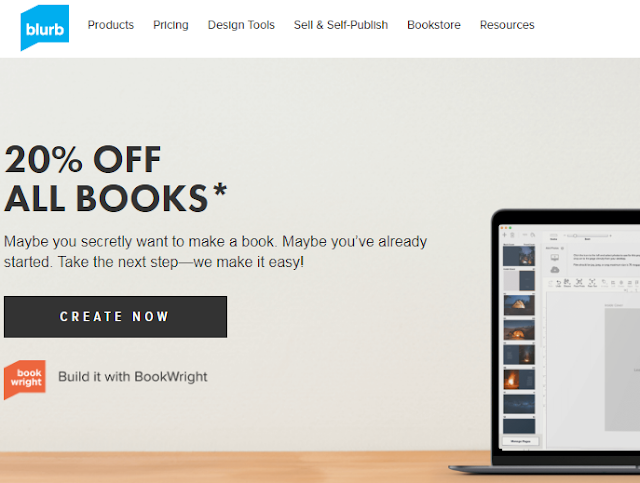

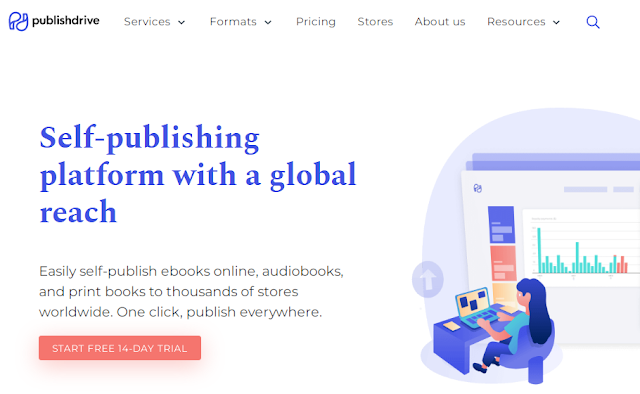






Comments
Post a Comment